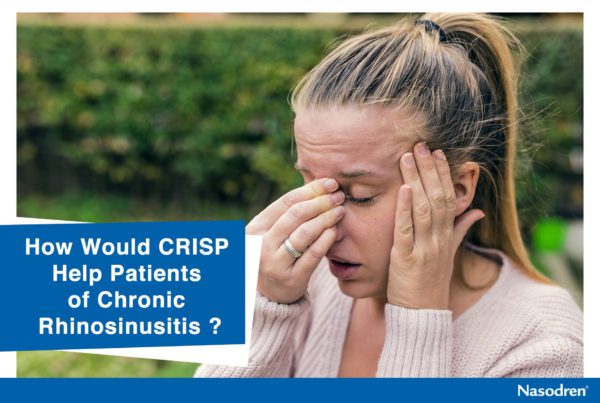How to treat sinusitis of ethmoid sinuses
Management of ethmoid sinusitis or ethmoiditis consists of medical therapy and surgery. However, the medical therapy, including an antibiotics course and decongestants, is the first-line treatment. The surgical procedure, called ethmoidectomy, is rarely used. During the procedure, the sinuses are opened to drain into the nose. Ethmoidectomy advised for neoplasm treatment or a biopsy but seldom. Diagnostic transnasal endoscopy helps in identifying purulent or mucopurulent secretion present in the ethmoid sinus region.
Ethmoiditis can be divided into acute and chronic forms. Acute ethmoid sinusitis is common disease in children, but the isolated sinusitis is rare in adults. The disease form and agents (allergy, bacteria or virus) and anatomical defects (polyps) directly influence the treatment
How to treat sinusitis-acute
- Simple cases of the acute condition are responsive to medical management that reduces edema and inflammation of the mucosa, restores sinus drainage and alleviates the pain.
- If acute symptoms do not respond to the medical therapy, external ethmoidectomy is preferred.
- If the symptoms are unresponsive to humidification and antral puncture, the ethmoidectomy is considered.
- Surgery is also suggested for the sinusitis progressing quickly. However, if patients are unable to tolerate anesthesia, surgery is not performed.
- The acute ethmoid sinusitis that leads to an abscess formation within the sinus or the surrounding region, including brain or eye (orbit), requires surgery. The abscess deteriorates the vision and leads to protrusion of the eyeball (exophthalmos) and thereby immediate attention is necessary. The abscess shall be drained endoscopically or externally.
How to treat sinusitis-chronic
- To manage chronic ethmoiditis, the ethmoid air cells may be removed surgically.
- Ethmoidectomy implies extraction of all diseased tissues using intranasal or external incision approach.
- If the patients suffering from chronic condition also have polyps, intranasal ethmoidectomy and nasal polypectomy are used to remove both the infected ethmoid tissue and air cells via the intranasal channel. This procedure is also used to drain the sphenoid and frontal sinuses.
- In external ethmoidectomy, a rare procedure, the sinus is accessed by making a medial orbital incision.
- Endoscopic sinus surgery is suggested in case of children suffering from chronic ethmoiditis and progressive polyposis.
Visit your doctor and discuss all the treatment options considering your symptoms







